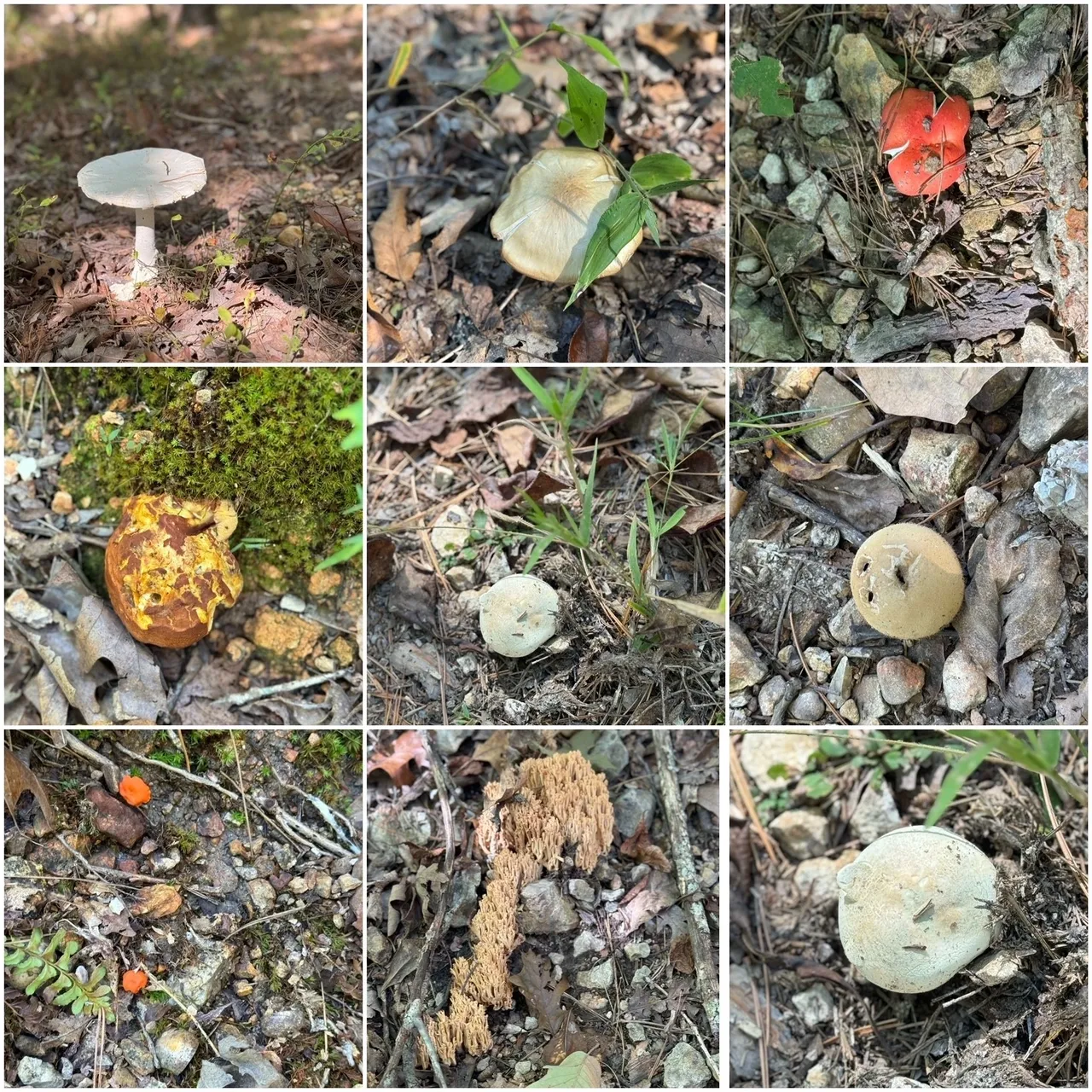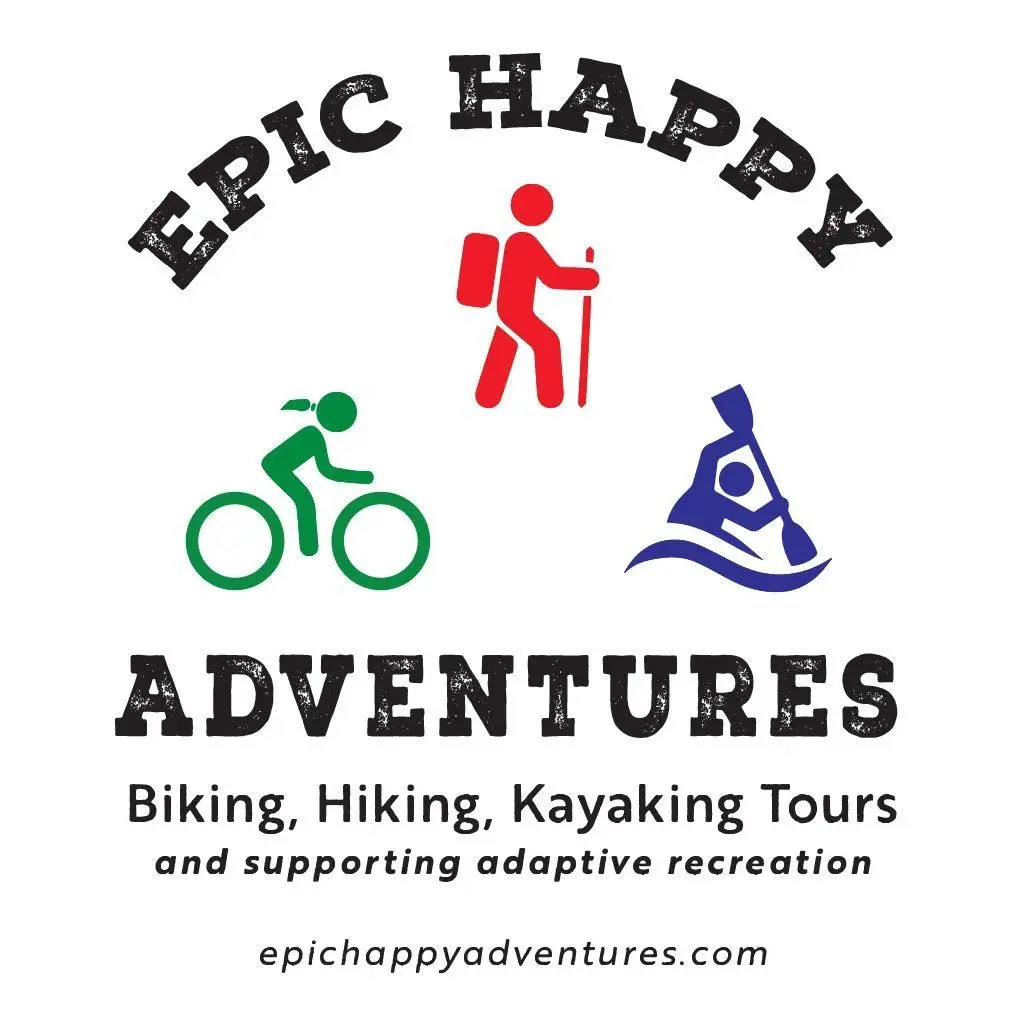
Mushroom Hunting: A Fun Foray into the Forest, Knowledge is Key
As the leaves turn and the air cools, a hidden world awakens in the forests across the country, drawing enthusiasts into the woods for the age-old tradition of mushroom hunting. This hobby, combining outdoor adventure with the thrill of the hunt, has seen a resurgence, particularly with the rise of culinary exploration and a growing interest in foraging. However, experts caution: while mushroom hunting can be incredibly rewarding, it’s not without its risks.
A Growing Trend
Mushroom hunting, or foraging, has become a popular pastime for both amateur mycologists and foodies looking for that next unique ingredient. From the prized morels of spring to the autumnal flush of chanterelles, each season brings its own treasures. Social media platforms like X and Instagram have seen a surge in posts tagged with #MushroomHunting, showcasing finds from oyster mushrooms on fallen logs to the elusive porcini.
The Allure of the Hunt
What makes mushroom hunting so appealing? For many, it’s the connection to nature, the satisfaction of finding food in the wild, or the simple joy of a treasure hunt. “It’s like nature’s Easter egg hunt,” says Jamie Keller, a seasoned forager from Oregon. “Every find feels like a victory.”
The Critical Need for Knowledge
However, the fun comes with a stern warning: the importance of knowing what you’re picking cannot be overstated. The forest floor can be a minefield of toxic lookalikes. Organizations like the North American Mycological Association (NAMA) are at the forefront of educating the public about safe foraging practices.
Dr. Emily Thompson, a mycologist, emphasizes, “The adage ‘When in doubt, throw it out’ could not be more relevant. Misidentification can lead to serious health issues, including liver failure or even death in severe cases.” Thompson advises beginners to start with easily identifiable species and to always cross-reference with multiple sources or experts.
Education and Resources
To address the knowledge gap, workshops, guided forays, and apps designed to help identify mushrooms have become invaluable resources. Local mycological societies offer courses, and apps like “Mushroom ID” provide instant feedback based on photos, though they are not substitutes for comprehensive learning or expert opinion.
Sustainable Foraging
Another aspect gaining attention is the sustainability of mushroom hunting. Overharvesting can damage ecosystems, so experts advocate for ethical foraging practices: taking only what you need, not disturbing the habitat, and understanding the legality of where you forage, as many parks and reserves have strict regulations or outright bans on mushroom collecting.
A Word of Caution
Recent incidents reported local news outlets highlight the dangers. In one case, a family misidentified death caps for a similar-looking edible variety, leading to emergency hospital visits. These stories underline the community’s message: enjoyment of mushroom foraging must be paired with diligent education and caution.
Conclusion
Mushroom hunting can indeed be a fun, enriching experience, bringing one closer to nature’s intricacies while possibly providing a gourmet meal. Yet, it’s a hobby that demands respect, preparation, and an ongoing commitment to learning. As the community grows, so does the collective wisdom, ensuring that this ancient practice can be enjoyed safely by newcomers and veterans alike. Remember, in the world of mushrooms, knowledge isn’t just power; it’s a necessity.

